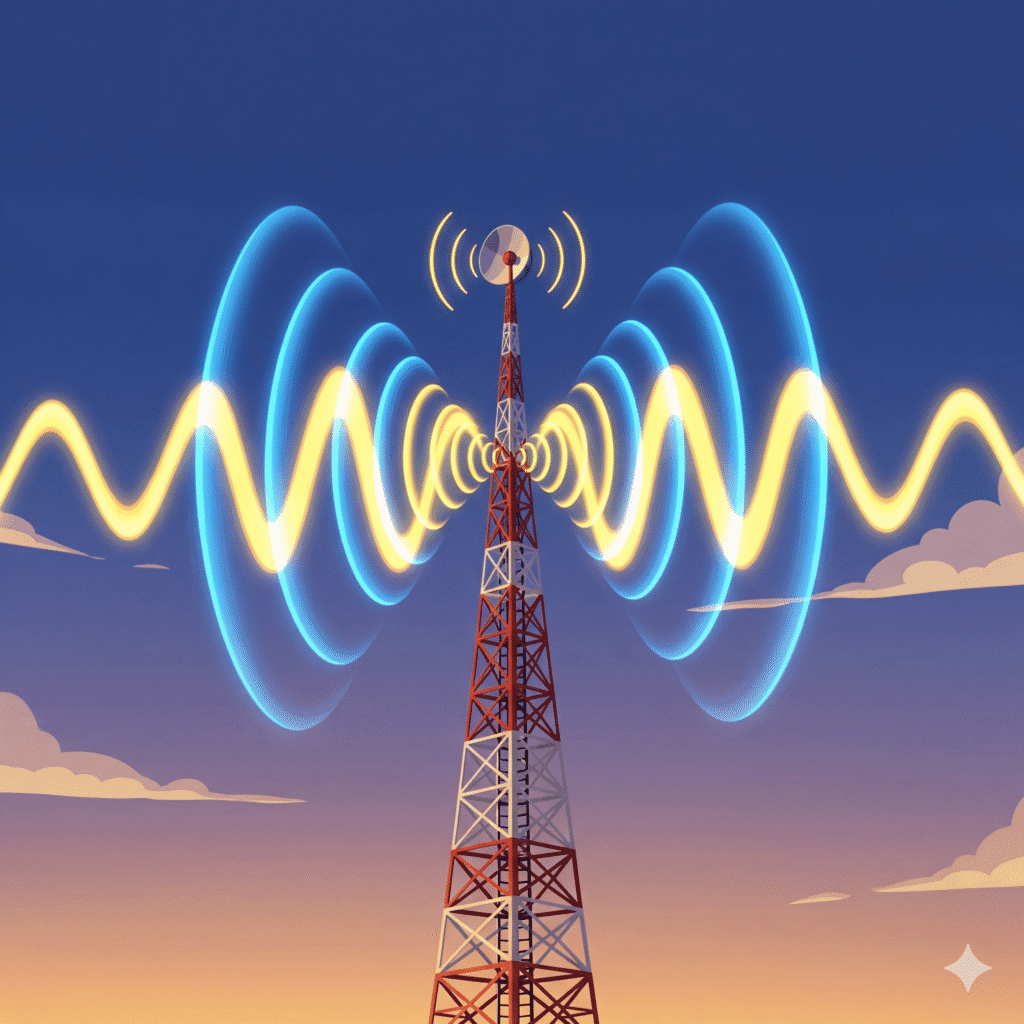Just when you’ve gotten used to hearing about Wi-Fi 6, the next generation of wireless technology is already here: Wi-Fi 7. It promises a massive leap forward in speed, capacity, and reliability, but it also brings a lot of technical jargon and questions. What exactly is Wi-Fi 7? Will your business really notice a difference? And most importantly, when should you consider making the upgrade?
This guide will cut through the hype to answer those questions. We’ll explain what makes Wi-Fi 7 a game-changer for businesses and provide clear advice on when it makes sense to invest in the future of your network.
What is Wi-Fi 7, in Simple Terms?
On a technical level, Wi-Fi 7 is the next evolution of the wireless standard, officially known as 802.11be. But what it really means for your business is a fundamental upgrade in how your data moves through the air.
The easiest way to think about it is with a highway analogy. If Wi-Fi 6 was designed to handle a traffic jam by giving every car its own lane, Wi-Fi 7 is like giving every car a multi-lane superhighway all to itself. It achieves this through major technical improvements:
Ultra-Wide Channels: The data lanes are twice as wide, allowing for a much higher volume of traffic to pass through at once.
Blazing Speeds: It offers a massive theoretical speed increase over Wi-Fi 6, meaning large files download faster and high-quality video streams without interruption.
Dramatically Lower Latency: This is perhaps the most important upgrade for businesses. Latency is the delay in data transmission. By significantly reducing this delay, Wi-Fi 7 makes real-time applications like video conferencing, cloud-based software, and remote desktop connections feel instantly responsive.
The 3 Key Benefits for Your Business
While faster speeds are always welcome, the real advantages of Wi-Fi 7 for a business are about performance, reliability, and preparing for the future.
Benefit #1: Blazing Fast Performance
The most obvious upgrade is the raw speed. With Wi-Fi 7, tasks that used to be slow become nearly instantaneous. Large file transfers to and from a server, syncing with cloud storage services like OneDrive, and streaming high-definition video for training or presentations all happen without frustrating delays, keeping your team productive and efficient.
Benefit #2: Rock-Solid Reliability
For a business, a dropped connection during a video conference or a lagging payment terminal can be costly. Wi-Fi 7 is designed to provide an incredibly stable and responsive connection by dramatically reducing latency. This means your real-time applications—video calls, cloud-based software, and remote desktop sessions—will be smoother and more reliable than ever before, eliminating lag and interruptions.
Benefit #3: Future-Proofing for Demanding Applications
The way we work is changing. Technologies like Artificial Intelligence (AI), Augmented Reality (AR), and high-fidelity collaboration tools are becoming more common, and they all rely on a network that can handle immense amounts of data instantly. Upgrading to Wi-Fi 7 is an investment in your business’s future, ensuring your network is ready to handle the demanding applications of tomorrow without needing another major overhaul in just a couple of years.
So, When Should You Upgrade?
While the benefits are clear, that doesn’t mean every business needs to upgrade to Wi-Fi 7 today. A well-configured Wi-Fi 6 or 6E network is still a powerful solution for many businesses. The decision to upgrade is a strategic one, and here are the key moments when it makes the most sense:
During a Major Hardware Refresh: If your current access points are already 3-5 years old and due for replacement, it is the perfect time to invest in Wi-Fi 7 to maximize the lifespan of your new equipment.
When Performance is a Bottleneck: If your business relies heavily on real-time video, large file transfers, or data-intensive cloud applications and you are currently experiencing lag or performance issues, Wi-Fi 7 can provide immediate relief.
When Moving or Expanding: If you are moving into a new office or expanding your current space, installing a Wi-Fi 7 network from the start is the most cost-effective and forward-thinking approach.
Conclusion
Wi-Fi 7 represents a major leap forward in wireless technology, offering unprecedented speed and rock-solid reliability that is built for the demands of the modern, data-driven workplace. While not an immediate necessity for every company, understanding its benefits is key to making a smart, strategic decision about your network’s future. Evaluating your current needs, hardware lifecycle, and future goals will tell you if now is the right time to invest in the new gold standard of wireless connectivity.

